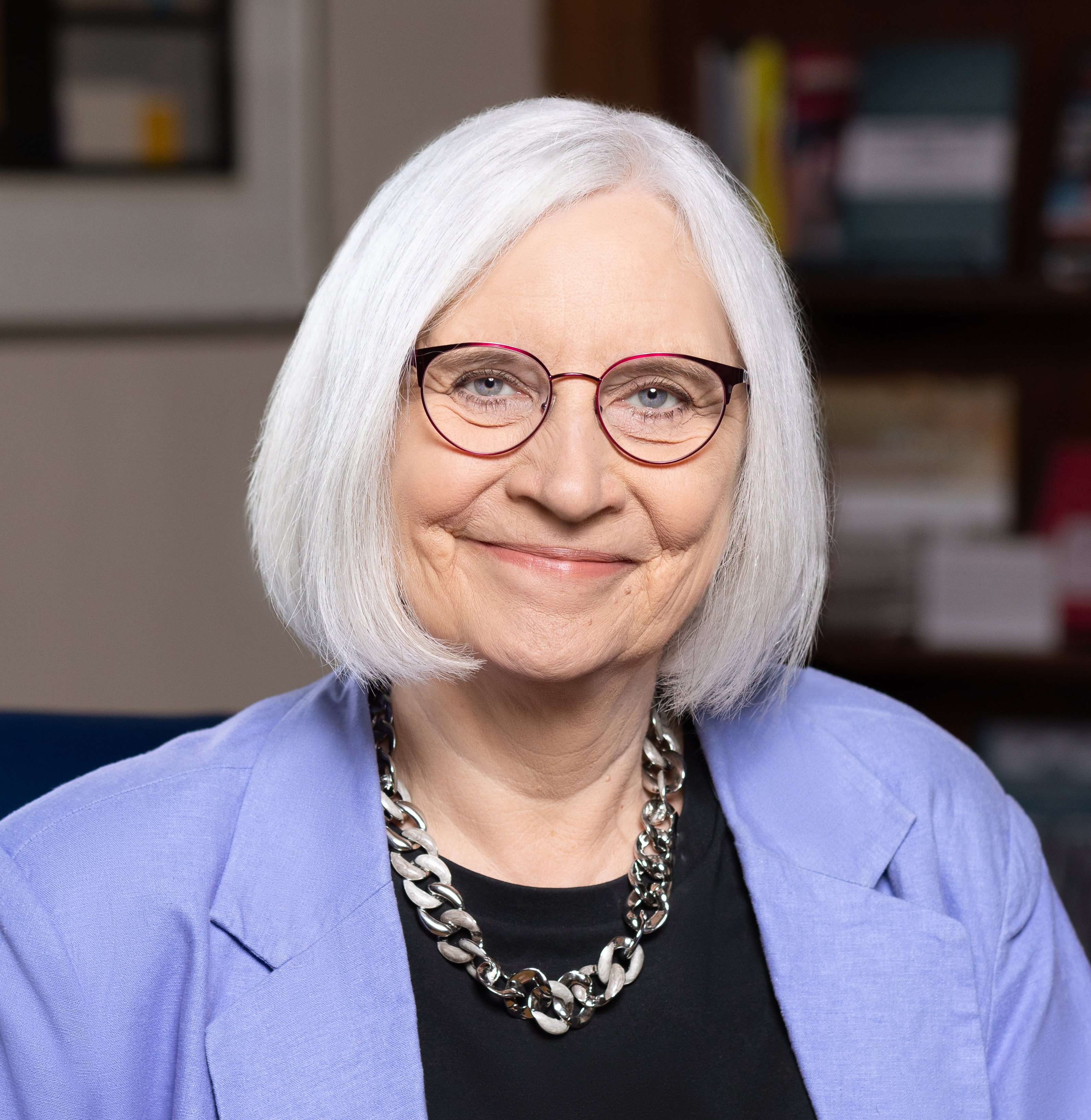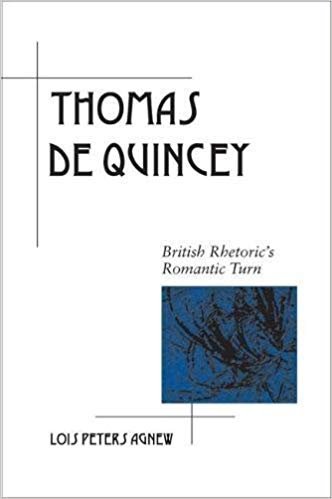“It Was a Gift to Join This Community”
A conversation with A&S Interim Dean Lois Agnew.

A special theme unites the nearly 6,000 students and about 300 faculty members who call the College of Arts and Sciences (A&S) home: the drive to use the knowledge and skills they’ve honed to help make the world healthier, more hopeful and more human. Whether they are in a lab developing better therapeutics for people with diabetes, or creating literature that brings joy to millions, members of the A&S community are addressing issues concerning social justice, climate change, medicine, health and more.
As a past chair of the Department of Writing, Rhetoric and Composition (WRC), A&S Interim Dean Lois Agnew notes that a strong liberal arts education prepares students with the academic expertise and flexible skills that will serve them well across careers. “I’ve seen how excited students are by opportunities to discover how the perspectives, research methods, and skills they acquire in liberal arts classes can shape their professional goals and inform their responses to a wide array of issues that matter to them,” she says.
Agnew moves into the role of interim dean after serving as A&S associate dean of curriculum, innovation and pedagogy since 2017. She has helped lead key initiatives to enhance and strengthen the student experience at Syracuse University, including being among a team currently updating the liberal arts core. Agnew also assisted in providing support for an interdisciplinary team-teaching program, coordinated the development of health humanities and digital humanities integrated learning majors and organized the College’s annual undergraduate research festival.
A faculty member at Syracuse since 2004, Agnew has held several administrative positions at the University, including interim chair of African American Studies (2021-22), chair of WRC (2012-17) and director of undergraduate studies for the Writing Program (2007-12). Among Agnew’s academic honors and awards received at Syracuse are the 2015 William Wasserstrom Prize for Graduate Teaching, recognizing exceptional teaching and mentoring of graduate students; the 2011 Excellence in Graduate Education Faculty Recognition Award; and the 2007 Meredith Teaching Recognition Award.
We recently spoke with Agnew to find out more about her research interests, her passion for the liberal arts and why she loves the Syracuse community.

As author of two books on rhetoric with another in progress, what sparked your scholarly interest in that field?
My introduction to the study of rhetoric in graduate school came alongside the assignment to teach introductory writing classes. I was quickly captivated by the history of a discipline that has had such a long and important presence in Western education. Teaching helped me appreciate the continued relevance of the historic emphasis on providing students with the key to language’s powerful role in promoting change. At the same time, my students made me aware of the importance of revising historic assumptions about power, language and authority to support the goals of inclusion and expanded access.
What aspects of rhetoric do you find most intriguing?
I’m fascinated by the ways people use language and symbols strategically to create change. My scholarship explores how language has historically shaped people’s assumptions about the world around them and how emerging views of rhetoric’s function have informed politics, education and social structures. I enjoy exploring the power of language with my students and strive to help them develop strategies for effectively and ethically sharing their ideas with diverse audiences.
Looking back on when you started at Syracuse in 2004, how has higher education changed over the past couple decades?
Students have a present need to understand how what they’re learning matters. For those of us schooled in the “knowledge for its own sake” days, this question might at first seem startling, but it’s healthy that students are pressing us to account for the relevance of what we teach and study. In part these questions come from material concerns, including the cost of education, and we should take those concerns seriously. But they’re also related to students’ instant access to abundant knowledge and their ability to encounter diverse perspectives that circulate across global contexts. Their keen awareness of urgent issues understandably heightens their interest in making sure they can apply their fields of study to make a difference in the world around them.
How can higher ed institutions adapt to the evolving landscape?
I’m convinced that a liberal arts education is the best possible foundation for preparing students to solve critical problems, intervene in conversations that are vital to their future and pursue careers that enable them to achieve their goals.
At its best, a liberal arts education cultivates a critical disposition that includes thoughtful inquiry, careful weighing of evidence, respect toward other points of view, openness to change based on new information and the assumption that the pursuit of justice should be elevated above self-interest. This disposition is desperately needed in a world marked by crucial medical and scientific problems, entrenched political division, social unrest and refusal to engage with those with whom one disagrees.
What is central to maintaining a contemporary liberal arts experience for students?
College students today have access to information that is immediate and plentiful. This foundation contributes to students’ work in the liberal arts because it provides them with expanded opportunities for inquiry, sharing knowledge and encountering diverse perspectives. At the same time, our liberal arts courses must help them assess the reliability of the information that bombards them, explore alternative possibilities they might not have considered, conduct research to test their hypotheses, discover how their insights respond to specific problems and learn how they can share information that makes a meaningful contribution to important conversations.
Can you describe the motivation behind updating the liberal arts core and how that process is going?
The world and the academy have changed since the liberal arts core was last revised over two decades ago. The revised core will help students apply their knowledge in ways that will ultimately support their personal, professional and civic goals. The new core will engage students in cross-disciplinary inquiry that fosters intellectual agility and the discovery of new approaches to complicated problems.
What do you consider as unique strengths of A&S?
I have always believed strongly that research and teaching are intrinsically connected, and I have been delighted to see so much evidence of the vitality of that connection in my years at Syracuse. I am in awe of the groundbreaking research taking place in the College across the sciences and humanities disciplines, and just as remarkable is our highly respected and award-winning researchers’ strong commitment to undergraduate and graduate education.
What is one of your major goals over the next year?
My primary goal is to support faculty, students, and staff in building and refining our many strengths as we prepare for the next dean’s vision for the College.
What do you enjoy most about being part of the Syracuse University community?
The people. When I came to Syracuse, I felt that it was a gift to join a community of strong, committed, and generous faculty and staff colleagues and to work with such talented and dedicated graduate and undergraduate students. I still feel that way.
Featured
Lois Agnew Associate Provost for Academic Programs, Syracuse University Office of Academic Affairs; Professor of Writing and Rhetoric
